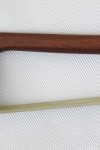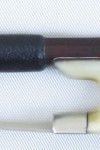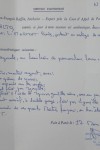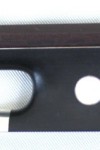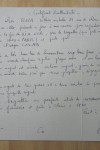Master Bows: Creating the Best Sound
A good bow is light weight and perfectly balanced. It reacts quickly and subtly on the finest movement, it makes playing effortless, and it produces a great sound. You feel its class from your fingertips across your arm, into your spine, and through your entire body.
In a part of the whole sound-generating system, the bow is at play through mechanical linkage and is therefore just as important as the cello, the violin, or viola. The bowyer is a highly specialized craftsman whose instruments are equally capable of captivating the senses as much as the actual body of the cello. A bow, which isn’t compatible with the instrument, is a horror for ambitious musicians.
The bow has its eminent authorities too. The Parisian watch maker François Tourte (1747-1853) is often called the Stradivarius of bow makers. Christian Wilhelm Knopf (1767-1837) of Markneukirchen, Germany, significantly improved the mechanics of the bow and founded a bowyer dynasty, just like the French Master François-Xavier Bazin (1824–1865). The precision mechanic John Dodd (1752-1839) from London was an expert at selecting material and was able to build bows of incredibly light weight with stability, but he took his secret to the grave. These and many others have probably brought the most underrated device in the history of music to full bloom.
Would you like to acquire an old master bow? By the way, you can use it to play music on your newer cello model too – perhaps it will be an exciting blend. But bows from contemporary makers are also convincing. Just make an appointment with me at my studio and, in an inspirational setting, try until your heart’s content.


